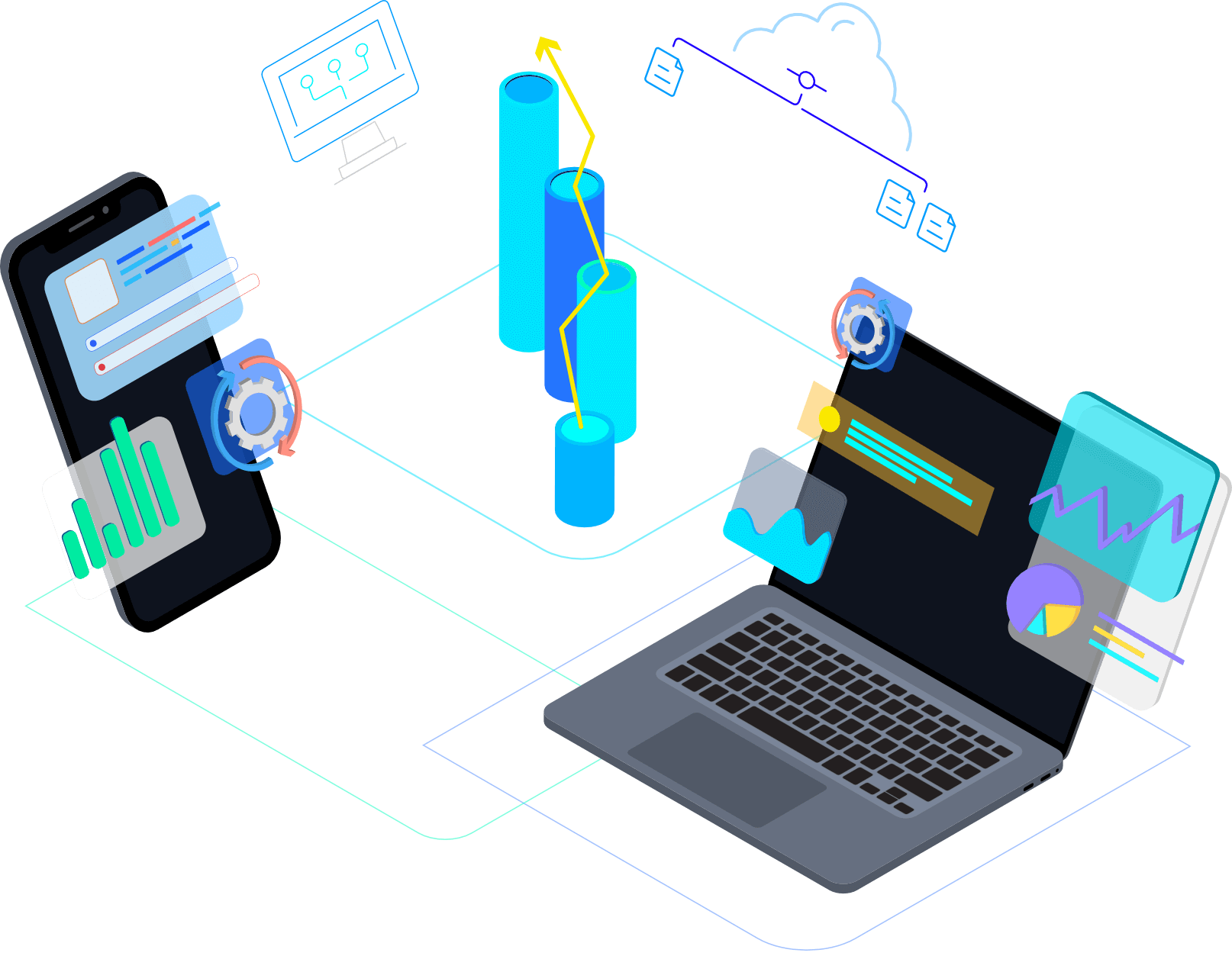Cyber attacks are becoming more and more common, and they come in many different forms. Here are some of the most common types of cyber attacks:
1. Phishing
Phishing is a type of cyber attack in which the attacker tries to trick the victim into revealing sensitive information, such as passwords or credit card numbers. The attacker typically does this by sending an email that appears to be from a legitimate source, such as a bank or a well-known website. The email will usually contain a link that takes the victim to a fake website that looks very similar to the real one. The victim is then asked to enter their login details or other sensitive information.
2. Malware
Malware is a type of malicious software that can be used to damage or disable computers. It can be spread in many ways, such as through email attachments, websites, or infected USB drives. Once a computer is infected with malware, the attacker can gain control of it and use it to launch further attacks, or to steal sensitive data.
3. SQL Injection
SQL injection is a type of attack in which the attacker inserts malicious code into a website’s database. This can be done through a form on the website that allows users to input data. If the website does not properly validate the input, the attacker’s code can be executed, which can allow them to access or delete data, or to take control of the website.
4. Denial of Service (DoS)
A denial of service (DoS) attack is a type of attack in which the attacker tries to make a website or service unavailable to its users. This is usually done by bombarding the website or service with so much traffic that it becomes overloaded and can no longer function properly. DoS attacks can also be used to disable a network or individual computer.
5. Man-in-the-Middle (MitM)
A man-in-the-middle (MitM) attack is a type of attack in which the attacker intercepts communications between two parties. This can be done by eavesdropping on a conversation, or by redirecting traffic from one party to the attacker’s own computer. The attacker can then read, or even modify, the communications.
6. Distributed Denial of Service (DDoS)
A distributed denial of service (DDoS) attack is a type of attack in which the attacker tries to make a website or service unavailable by using a large number of computers to send traffic to the target. This is usually done by using botnets, which are networks of infected computers that can be controlled by the attacker.
7. Password Attacks
Password attacks are a type of attack in which the attacker tries to guess or brute force their way into a victim’s account. This can be done by trying to guess common passwords, or by using a computer to try every possible combination of characters until the correct password is found. Password attacks can also be done by stealing passwords that have been previously stored in an insecure location, such as a file on the victim’s computer.
8. Social Engineering
Social engineering is a type of attack in which the attacker tries to trick the victim into revealing sensitive information or into taking action that will allow the attacker to gain access to their account or system. This can be done through phishing emails, or by posing as a legitimate customer service representative.
9. Cross-Site Scripting (XSS)
Cross-site scripting (XSS) is a type of attack in which the attacker injects malicious code into a website. This code is then executed by the victim’s browser, which can allow the attacker to steal data or take control of the victim’s account. XSS attacks can also be used to launch other attacks, such as phishing attacks or DoS attacks.
10. Zero-Day Exploits
A zero-day exploit is a type of attack that takes advantage of a flaw in software or hardware that is not yet known to the vendor. These attacks can be very difficult to defend against, as there is often no patch or update available to fix the flaw. Zero-day exploits are often used in targeted attacks, as they can allow the attacker to gain access to a system or data that would otherwise be inaccessible.
Cyber attacks can have a significant impact on both individuals and organizations. They can lead to the loss of sensitive data, the disruption of operations, and in some cases, significant financial damage. It is important to be aware of the different types of cyber attacks and to take steps to protect yourself and your organization from them.

If you are interested to know more about us and our services, contact us today.
We are based in Malta and operate internationally and are easily reached through calls, email and WhatsApp.
Subscribe to our newsletter to read all about new products and services!
Subscribe to our newsletter and you will receive a
5% Discount code for your next purchase!

Subscribe to our mailing list and be informed of new products and promotions, as well as be the first to read our blog post about potential security treats!
Sign up to receive updates, promotions, and sneak peaks of upcoming products. Plus 20% off your next order.
Sign up to receive updates, promotions, and sneak peaks of upcoming products. Plus 20% off your next order.